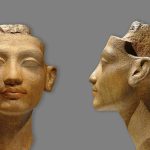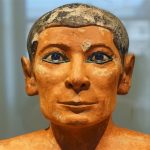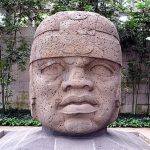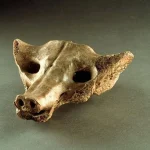Statuette of King Psamtik I
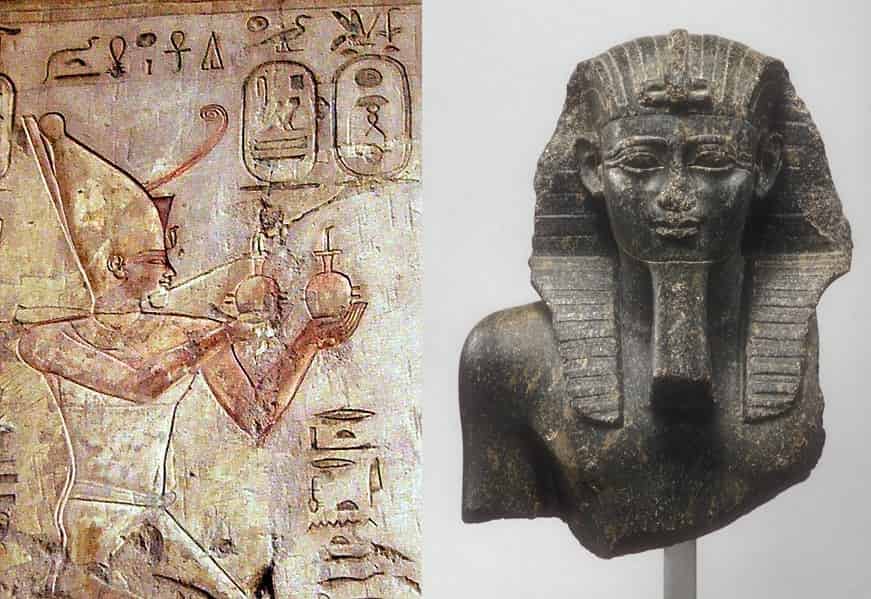
Statuette of King Psamtik I
26th Dynasty, Late Period, ca. 664–610 B.C.
Bronze
Fondation Gandur pour l’Art, Geneva (FGA-ARCH-EG-0358)
Photo: André Longchamp (edited for size)
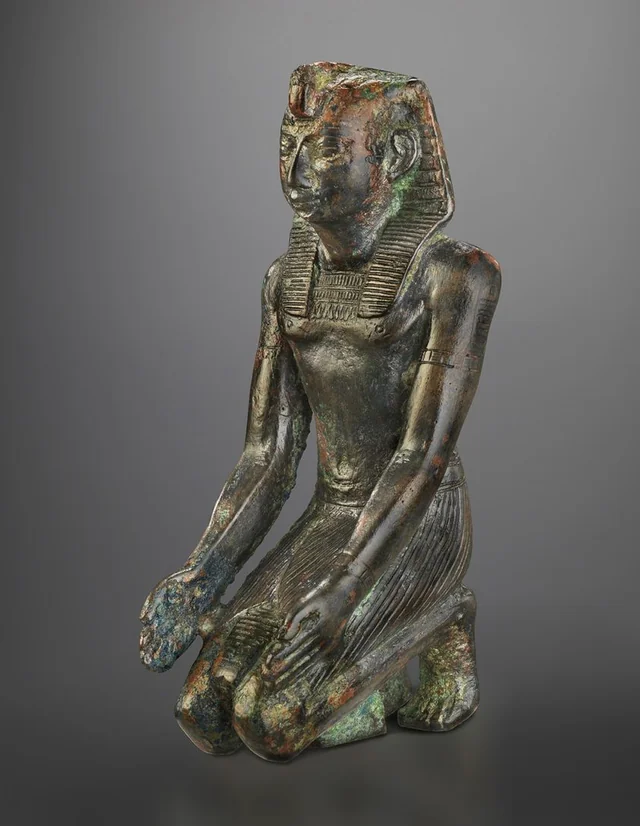
This bronze statuette depicts King Psamtik I in a kneeling pose, a gesture of devotion characteristic of royal offerings. Dating to the 26th Dynasty, it reflects the artistry and religious traditions of Egypt’s Late Period.
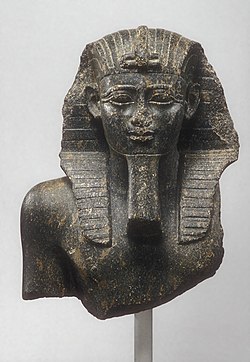
The statuette of King Psamtik I is a fine example of Late Period Egyptian art, representing the pharaoh in a traditional, idealized form. Psamtik I, who ruled from 664 to 610 BCE, was the founder of the 26th Dynasty and is credited with restoring Egypt’s stability after years of foreign domination.
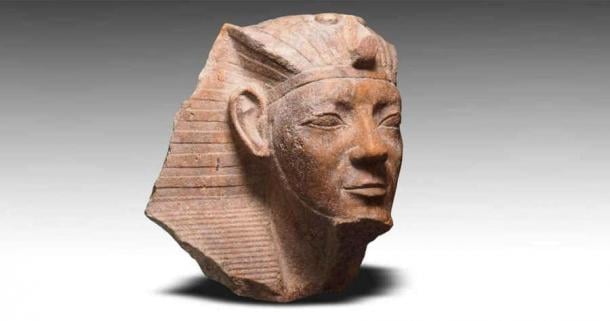
The statuette typically depicts him with the conventional royal attributes, such as the nemes headdress and a ceremonial beard, emphasizing his divine kingship and authority. Crafted with attention to proportion and detail, these figures served both as devotional objects in temples and as symbols of the pharaoh’s eternal presence. The work highlights the Late Period’s continuation of classical Egyptian artistic traditions while also reflecting the political and religious significance of the king.

